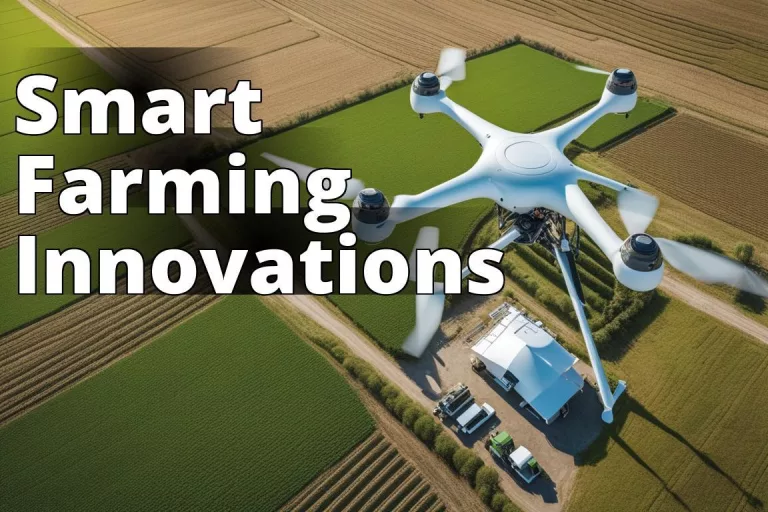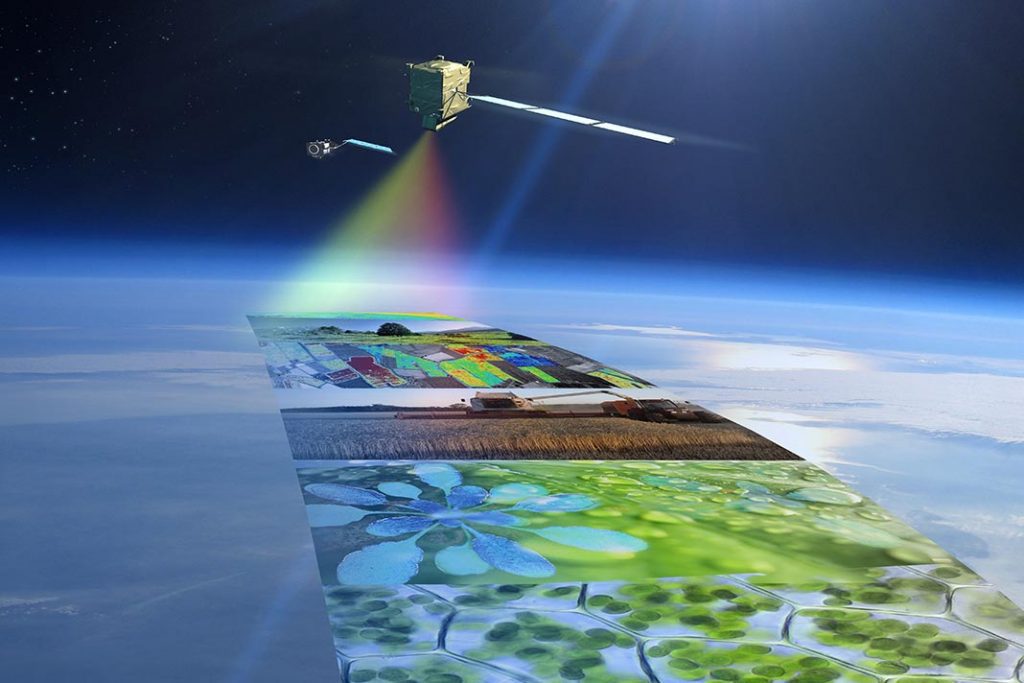In an era where the buzz around data analytics is almost deafening, it’s easy to overlook its profound impact on sectors beyond the typical tech-driven industries. Agriculture, a field as ancient as civilization itself, is undergoing a radical transformation, thanks to the infusion of data analytics. This change isn’t just about boosting profits; it’s fundamentally about fostering sustainable farming practices that can feed a burgeoning global population expected to reach 9.7 billion by 2050. So, let’s dive into how agricultural data analytics is not just reshaping farming but potentially safeguarding our future.
Learn about Agricultural Data Analytics for Sustainable Farming
- Data analytics is transforming agriculture by enhancing decision-making processes.
- Precision agriculture is on the rise due to its ability to optimize resources and increase yields sustainably.
- The future of precision agriculture lies in further integrating data analytics for more efficient and environmentally friendly farming practices.
The Rise of Precision Agriculture
The concept of precision agriculture might sound modern, but its roots are as old as farming itself. The difference today, however, lies in how data analytics has supercharged its capabilities. Precision agriculture, at its core, is about optimizing field-level management with regard to crop farming. This means knowing exactly when, where, and how much to plant, water, and fertilize, guided by a wealth of data points collected from various sources including satellites, sensors, and drones.
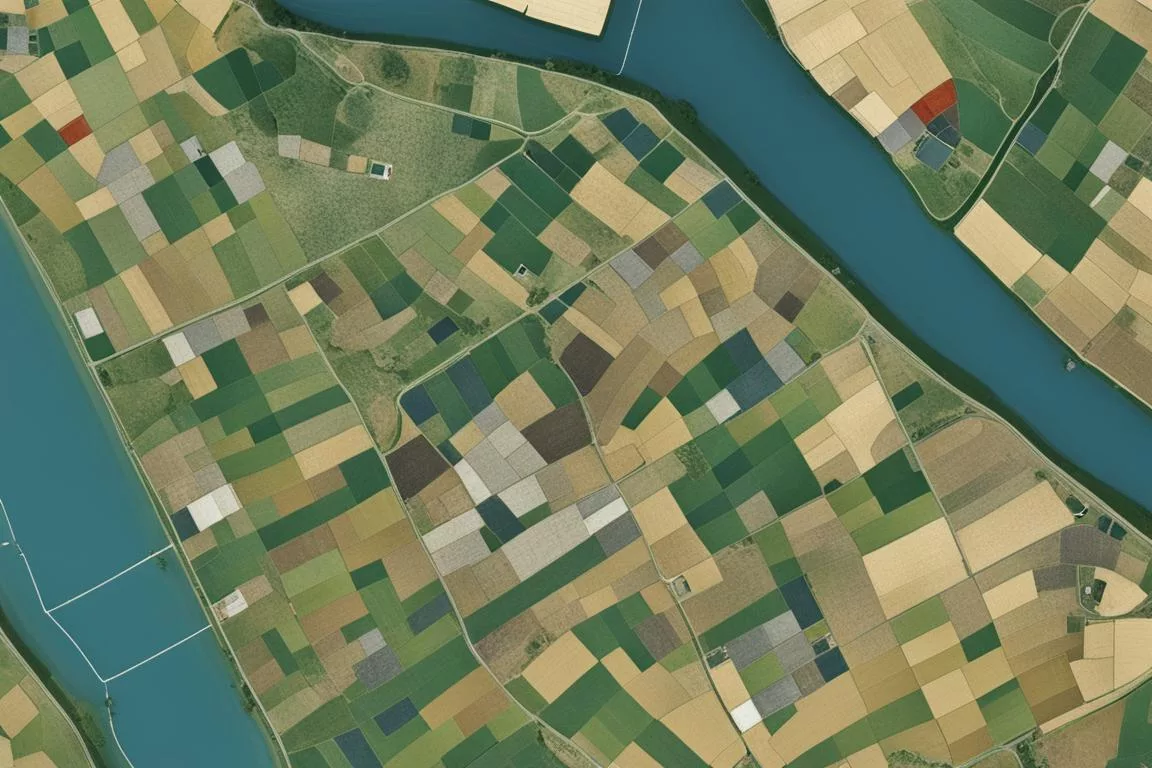
Gone are the days of uniform applications of water and fertilizer across vast tracts of land. Now, farmers can use data analytics to understand the unique needs of every inch of their field. For instance, soil moisture sensors can inform irrigation practices, reducing water usage while boosting crop yield. This shift not only improves the efficiency of resource use but also significantly minimizes environmental impact.
The Benefits of Precision Agriculture
The perks of precision agriculture stretch far beyond the immediate financial gains for farmers. Yes, reducing waste and optimizing input use directly contributes to a healthier bottom line, but the environmental benefits are equally compelling. By employing targeted irrigation and fertilization techniques, farmers drastically cut down on runoff, a major source of water pollution. Moreover, precision agriculture paves the way for reduced greenhouse gas emissions, as optimized farming practices mean less fuel and energy consumption.
One of the most personal impacts I’ve witnessed comes from a friend who manages a family farm. Through precision agriculture, they’ve been able to not only increase their yield by 20% but also significantly reduce their water usage. This dual benefit is a testament to how data-driven strategies can lead to more sustainable farming practices that are kinder to our planet.
The Role of Data Analytics in Precision Agriculture
Data analytics serves as the backbone of precision agriculture, turning vast amounts of data into actionable insights. Through advanced algorithms and machine learning, farmers can predict optimal planting times, identify potential pest infestations before they become problematic, and even determine the best genetic strains of crops to plant based on historical yield data and current conditions.
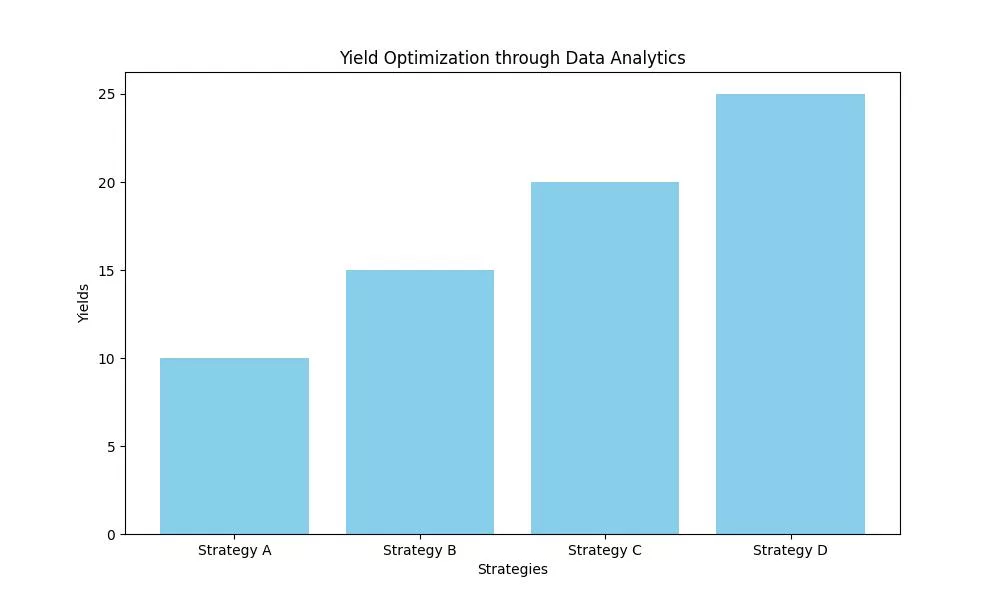
The integration of IoT devices has been a game-changer, allowing for real-time monitoring and adjustments. For example, drones equipped with high-resolution cameras can take aerial images of a field, which are then analyzed to assess crop health, moisture levels, and even predict yield. This level of detail and immediacy in data collection was unfathomable just a generation ago.
Insider Tip: “Start small with one or two technologies that can have the most immediate impact on your farm’s efficiency and sustainability. The key is not to get overwhelmed.”
The Future of Precision Agriculture
As we look to the future, the potential for precision agriculture and the role of data analytics within it is boundless. We’re already seeing the emergence of autonomous tractors and robotic systems designed to weed, harvest, and even pollinate crops. These advancements promise to further reduce human labor costs and increase precision in farming operations.
Moreover, the integration of blockchain technology offers an exciting avenue for ensuring the traceability and transparency of food from farm to table, a growing demand among consumers. As data analytics becomes more sophisticated, the potential for creating hyper-efficient, sustainable farming systems that can adapt to changing climatic conditions is within reach.
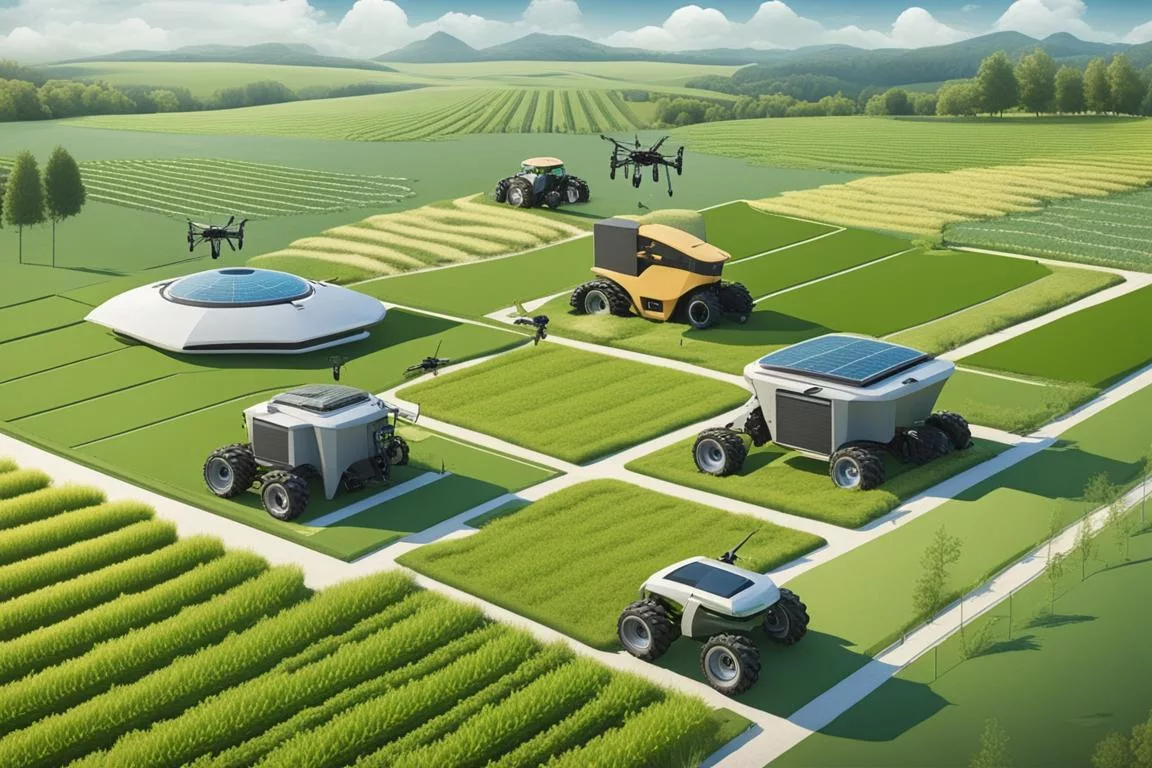
However, the transition to data-driven agriculture is not without its challenges. Issues such as data privacy, the digital divide between large and small-scale farmers, and the need for significant investment in technology and training cannot be overlooked. Addressing these challenges head-on is crucial for realizing the full potential of precision agriculture.
How Data Analytics is Transforming Agriculture
In conclusion, the impact of data analytics on agriculture is profound and far-reaching. By harnessing the power of precision agriculture, we’re not just improving the economic viability of farms but also contributing to a more sustainable and environmentally friendly approach to food production. As technology continues to evolve, the potential to revolutionize agriculture in ways we can only begin to imagine is immense.
The journey toward fully realizing the benefits of agricultural data analytics for sustainable farming is an ongoing one. It requires the collaboration of technologists, farmers, policymakers, and consumers alike. But one thing is clear: the future of farming lies in data, and its promise is a more sustainable, productive, and efficient agricultural system capable of feeding the world’s growing population.
For those of you interested in diving deeper into this topic, I highly encourage exploring further resources on sustainable agriculture technologies and the role of cloud-based earth observation data analytics in natural resource management. These areas are pivotal in understanding the broader context of how technology is driving positive change in agriculture and beyond.
Related Reading:
- Sustainable Agriculture Technologies
- Harnessing the Power of Cloud-Based Earth Observation Data Analytics for Natural Resource Management
- Smart Farming for Climate Adaptation
- Tackling Climate Change with Cloud-Based Data Analytics
- Harnessing Environmental Big Data for Effective Natural Resource Management
Frequently Asked Questions
Q: Who can benefit from agricultural data analytics?
A: Farmers, researchers, and policymakers can benefit from insights on sustainable farming practices.
Q: What is the importance of environmental data analytics?
A: It helps in monitoring and predicting environmental changes that impact sustainable farming.
Q: How can agricultural data analytics improve farm efficiency?
A: By analyzing data on weather patterns, soil health, and crop yields to optimize farming practices.
Q: What are the challenges of implementing data analytics in farming?
A: One challenge is the initial investment in technology and training required for data analysis.
Q: How can data analytics help address environmental concerns in farming?
A: By identifying trends and patterns to reduce waste, conserve resources, and minimize environmental impact.
Q: What if a farmer is not tech-savvy to use data analytics?
A: Many programs offer user-friendly interfaces and training to assist farmers in utilizing data analytics effectively.
Next Steps
Round Table Environmental Informatics (RTEI) is a consulting firm that helps our clients to leverage digital technologies for environmental analytics. We offer free consultations to discuss how we at RTEI can help you.
